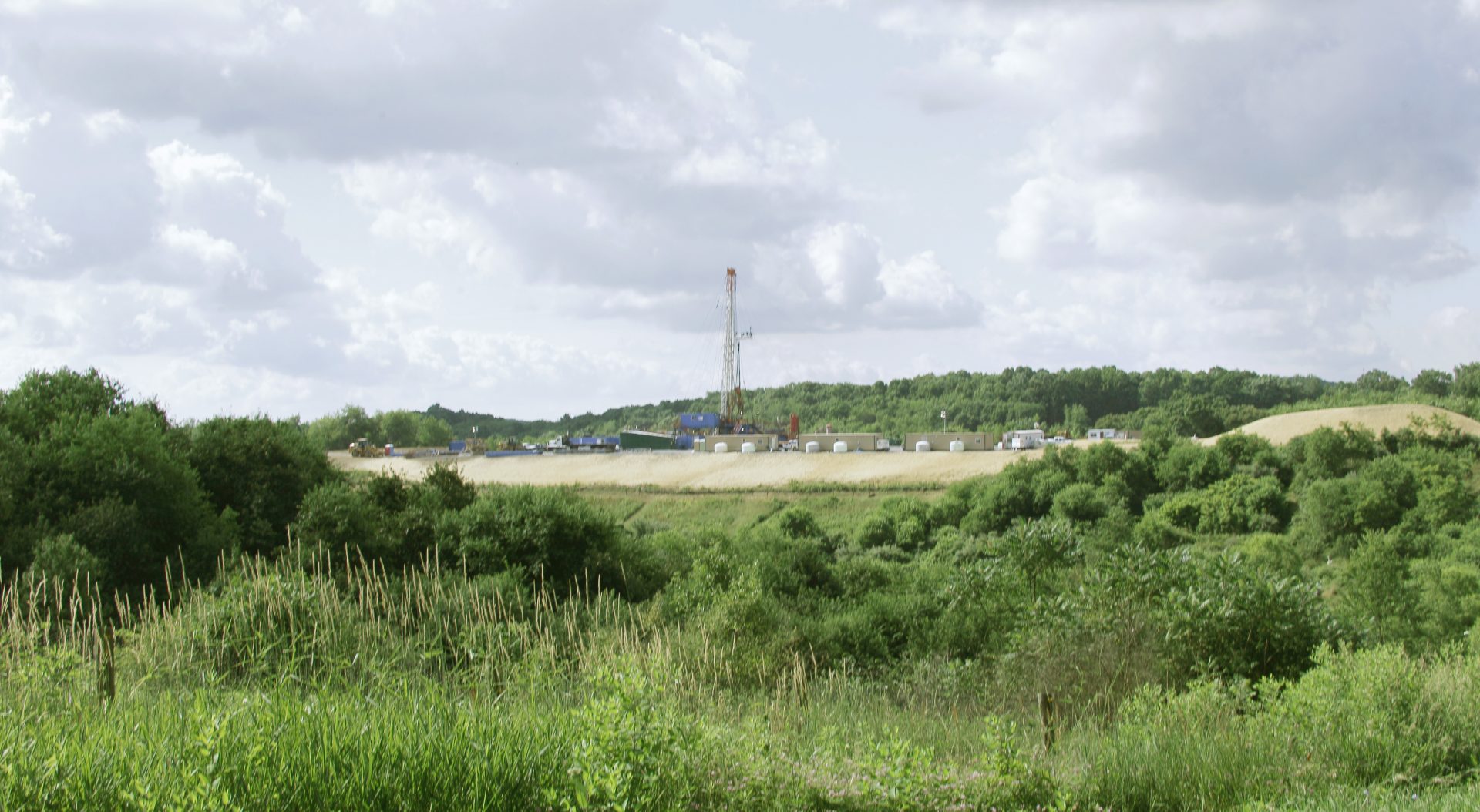
A crew works on a drilling rig at a well site for shale based natural gas on Monday, June 25, 2012 in Zelienople, Pa.
Keith Srakocic / AP Photo


A crew works on a drilling rig at a well site for shale based natural gas on Monday, June 25, 2012 in Zelienople, Pa.
Keith Srakocic / AP Photo

Keith Srakocic / AP Photo
A crew works on a drilling rig at a well site for shale based natural gas on Monday, June 25, 2012 in Zelienople, Pa.
Natural gas companies in Pennsylvania are paying $234.4 million in impact fees, the highest amount since the beginning of the COVID-19 pandemic, for drilling wells in 2021.
Most of the fees go directly into the hands of Pennsylvania county governments. In order to receive funding, counties themselves have to officially report the effects of natural gas drilling on their communities. Effects could include water supply contamination, air pollution, and displacement as a result of pipeline installation.
Counties, municipalities, and grant organizations will receive $88.2 million more from this year’s collections than from collections last year, which were at a record low $146.3 million because of lower, early-pandemic gas prices.
In the past, funds have been used to finance public infrastructure, emergency safety projects, and sewage systems.
The increase in fee collections is largely due to recent increases in gas prices.
To summarize just how steep those increases were, the Independent Fiscal Office released a breakdown of the average annual price of natural gas in its Impact Fee Update. At $3.84 per MMBtu (Metric Million British Thermal Unit) in 2021, natural gas was at its most expensive since 2014.
But 2014 thresholds aren’t nearly as high as 2022’s anticipated prices. As of June of this year, the average annual price of natural gas has already risen to $6.06 per MMBtu, a 58% increase from last year.
Along with the impact fee money going toward counties and municipalities, $86 million will be given to the Marcellus Legacy Fund, a grant competition coordinated a decade ago when the impact fee was first established under Act 13.
Every year, organizations submit proposals to the Legacy Fund, asking for support subsidizing projects that address environmental issues in Pennsylvania specifically identified in Act 13:
Over 10 years, the fee has generated almost $2.3 billion.
StateImpact Pennsylvania is a collaboration among WITF, WHYY, and the Allegheny Front. Reporters Reid Frazier, Rachel McDevitt and Susan Phillips cover the commonwealth’s energy economy. Read their reports on this site, and hear them on public radio stations across Pennsylvania.
(listed by story count)
StateImpact Pennsylvania is a collaboration among WITF, WHYY, and the Allegheny Front. Reporters Reid Frazier, Rachel McDevitt and Susan Phillips cover the commonwealth’s energy economy. Read their reports on this site, and hear them on public radio stations across Pennsylvania.
Climate Solutions, a collaboration of news organizations, educational institutions and a theater company, uses engagement, education and storytelling to help central Pennsylvanians toward climate change literacy, resilience and adaptation. Our work will amplify how people are finding solutions to the challenges presented by a warming world.